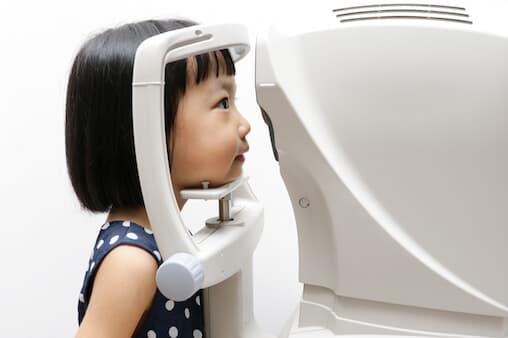Neurofibromatosis

Question
What is neurofibromatosis? Isn’t that what John Merrick, the “Elephant Man”, had?
Dr. Greene's Answer
Neurofibromatosis (a.k.a. von Recklinghausen’s disease) is a genetic disorder of the nervous system that causes benign tumors to form on the nerves anywhere in the body at any time. At least eight varieties of NF exist and can range from very mild to quite severe, but fortunately, none are as disfiguring as the tragic case of the Elephant Man (who we now know did not have NF).
Café-au-lait spots and Neurofibromatosis
Café-au-lait spots are a classic feature of this disease. These flat birthmarks with distinct edges are a bit darker than the surrounding skin. In light-skinned individuals, they are the color of coffee with lots of cream. In those with darker skin, they can be the color of a rich, full-bodied, black coffee. The spots can increase in size, number, and darkness throughout childhood.
Having one to three café-au-lait spots is quite common, present in as many as one in five healthy children. Each spot of significant size after the first three, though, is increasingly uncommon and increasingly likely to be associated with Neurofibromatosis or with one of the other neurocutaneous syndromes.
Any child with six or more café-au-lait spots that are more than 5 mm in diameter should be monitored and treated as having Neurofibromatosis.
Other Findings that May Indicate Neurofibromatosis
Children with NF may also have other findings, including freckling in the armpit and groin areas, nodules seen on eye exam, and certain bone findings seen on Xrays.
Each parent should have these same tests performed on him or her. Neurofibromatosis is often so mild that a parent isn’t diagnosed until café-au-lait spots are found on his or her child. Often, a child’s course of disease follows that of his or her parents. Approximately 50% of cases are inherited; the other half are due to spontaneous mutations.
Diagnosing Neurofibromatosis
Neurofibromatosis is diagnosed not with a test but by the presence of certain physical findings.
People can receive a firm diagnosis of NF if they have any two of the following symptoms (Textbook of Pediatrics, WB Saunders, 2004):
- At least five café-au-lait spots more than 5 mm in the greatest diameter (before puberty) or at least six café-au-lait spots of more than 15 mm (after puberty).
- Underarm or groin freckling.
- Two or more Lisch nodules (small nodules in the iris of the eye).
- Two or more neurofibromas (rubbery lumps under the skin, often slightly purplish over the lump–these usually don’t show up before puberty).
- A bone lesion consistent with NF, such as scoliosis, frequent fractures, or a hunchback.
- Optic gliomas (small benign tumors of the optic nerve–most still have normal or near-normal vision).
- A close relative with NF (parent, sibling, or child).
Many of these findings do not show up in early childhood. Thus, any child with five or more café-au-lait spots that are more than 5 mm in diameter should be monitored and treated as having NF. This means a baseline examination by an ophthalmologist and audiologist (including vision and hearing tests). It also means a baseline EEG and head CT or MRI, as well as a skeletal survey radiograph and a visit with a geneticist.
Those with a presumptive diagnosis of NF need annual vision and hearing testing, as well as an annual neurologic exam (in addition to a regular physical). They also benefit from preventive support of several kinds.


